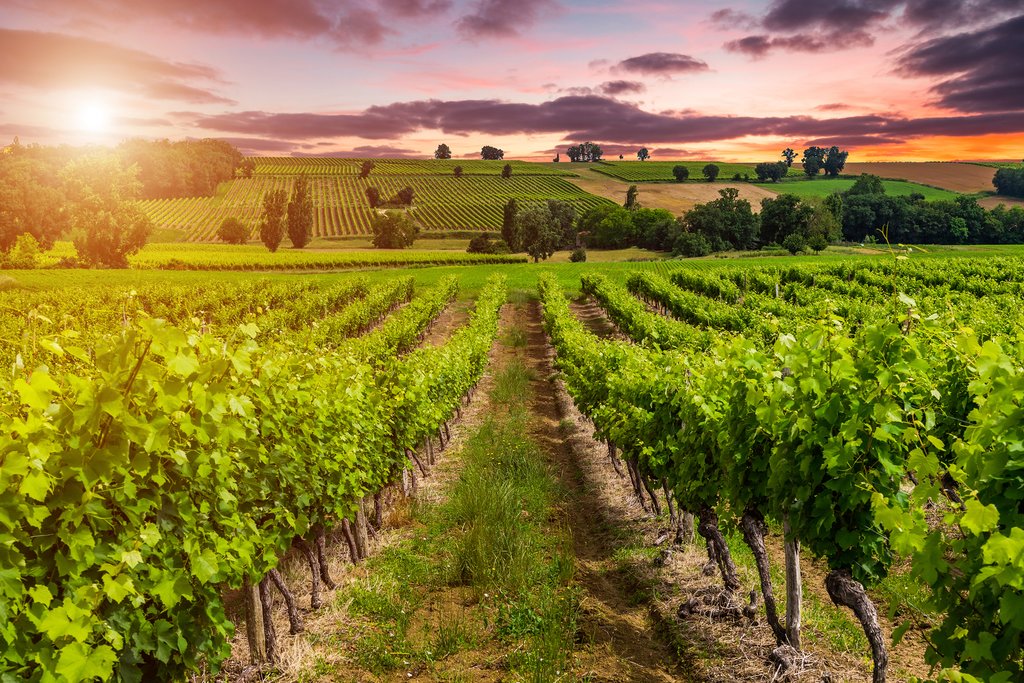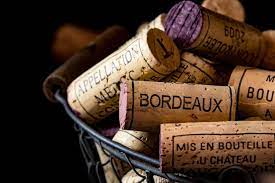Wine has been enjoyed for millennia, with its rich history and complex flavors captivating the palates of wine enthusiasts around the world. If you've ever wondered about the magic behind the bottle and considered making wine yourself, you're in for an exciting journey. At Fine Wines SG, we understand the allure of crafting your own wine, and in this article, we'll provide you with a beginner's guide to making wine, offering insights into the winemaking process and helping you embark on your own winemaking adventure.

Understanding the Winemaking Process
Winemaking is a harmonious blend of art and science. While it can be an intricate and lengthy process, we'll break it down into key steps to make it more approachable for beginners:
Step 1: Grape Selection
Choose your grapes: The first step is selecting the type of grapes you want to use. Different grape varieties yield different wine styles, so consider your preferences and local availability.
Step 2: Crushing and Pressing
Crushing: After harvesting the grapes, you'll need to crush them to release their juice. This can be done manually or with specialized equipment.
Pressing: The crushed grapes are then pressed to extract the juice. The juice is separated from the skins, seeds, and stems.

Step 3: Fermentation
Fermentation vessel: Transfer the grape juice (now called "must") to a fermentation vessel. Add wine yeast to initiate fermentation, which converts the sugars in the must into alcohol.
Monitor the process: Keep an eye on the fermentation process, as temperature, sugar levels, and yeast strains can influence the outcome.
Step 4: Racking
Transferring: After fermentation, transfer the wine to a clean vessel, leaving behind the sediment at the bottom. This process, called "racking," helps clarify the wine.
Step 5: Aging
Choose storage vessels: You can age your wine in various containers, such as oak barrels or stainless steel tanks. Each imparts its own flavors and characteristics to the wine.
Patience is key: Aging allows the wine to develop complexity and mature. The length of aging depends on the wine type and your preferences.

Step 6: Bottling
Preparing for bottling: Before bottling, you may need to filter the wine to remove any remaining sediment.
Bottling process: Fill clean wine bottles, cork them, and label them. Ensure a proper seal to prevent oxidation.
Step 7: Enjoying Your Homemade Wine
Patience pays off: Allow your wine to rest in the bottle for a period before opening and tasting. This allows it to reach its full potential.
Sharing the experience: Share your homemade wine with friends and loved ones, savoring the unique flavors you've crafted.
Helpful Tips for Beginners

As a beginner winemaker, here are some essential tips to keep in mind:
Sanitation: Ensure that all equipment is thoroughly cleaned and sanitized throughout the winemaking process to prevent unwanted contamination.
Record Keeping: Maintain a detailed record of each step, including ingredients, measurements, and dates. This will help you replicate successful batches and learn from any challenges.
Patience: Winemaking is an art that rewards patience. Be prepared to wait as your wine matures and develops its full character.
Experiment: Don't be afraid to experiment with different grape varieties, yeast strains, and aging techniques to discover your unique winemaking style.
Seek Guidance: Consider joining a local winemaking club or seeking advice from experienced winemakers. Learning from others can be invaluable.

Conclusion
Making wine is a gratifying journey that allows you to explore the art and science of winemaking. Whether you dream of crafting small batches in your basement or envision larger-scale production, Fine Wines SG is here to support your winemaking aspirations. By understanding the fundamental steps and embracing the joy of experimentation, you'll be well on your way to producing your own exceptional wines, each with its own unique character and charm. Cheers to the world of winemaking and the countless possibilities it offers!


